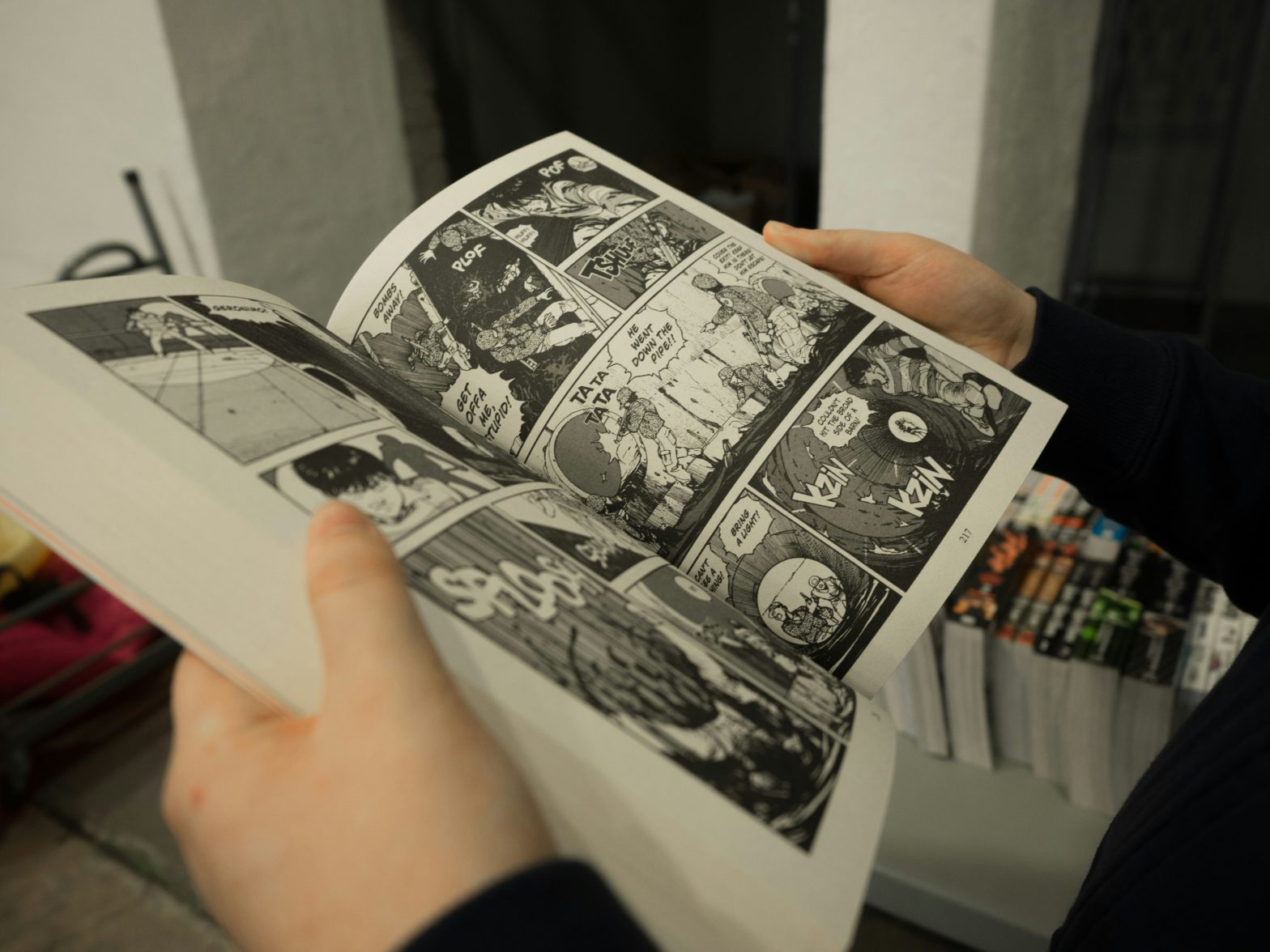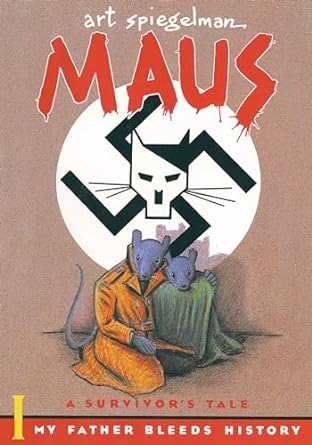For our 2024 Middle Read, we’ve enthusiastically chosen Mexikid by Pedro Martin and we encourage all of our Lakeshore readers to pick up a copy and enjoy this amazing story!
After the wide-spread success of last year’s Middle Read book (New Kid by Jerry Craft), our Big Read team decided to choose another graphic novel for our middle-grade readers. Last year, we heard so many amazing stories of parents and grandparents who read New Kid, their first ever graphic novel experience, along with their children/grandchildren. We’re so proud of our older Lakeshore readers for being willing to engage with a new storytelling medium and we’re thrilled that so many of our middle grade readers were willing to help them with this!
We also heard many questions about graphic novels last year. As we prepare for this year’s program (and Pedro Martin’s visit to our community!), we thought it might be helpful to address these questions here on our blog.
What’s a graphic novel?
Great question!
Generally speaking, a graphic novel is a book-length narrative using text and visuals. It’s important to remember that graphic novels don’t refer to a genre but to a medium or way of telling a story. Many graphic novel genres include fiction, nonfiction, drama, memoir, history, or fantasy.
Graphic novels are similar to comic books but also different. Comic books (often superhero, humor, or non-fiction) are serialized stories that can continue over months and years.
Graphic novels, on the other hand, are generally stand-alone stories with more complicated plots.
Are graphic novels “graphic”?
If you mean “graphic” in terms of how the story is told, then yes! Graphic novels tell a story through text and illustration AND through the interplay of text and illustrations. Panels, frames, speech/thought balloons, white space, font, and so on are used sequentially to tell the story.
If you mean “graphic” in terms of content (sexual, violence), then it depends. Some graphic novels do have graphic content. However, this is not true for all graphic novels. Elementary-age and middle-reader-age graphic novels aren’t “graphic” in content.
Are graphic novels “real” literature?
Some people have a snobby attitude toward graphic novels because they lack text, contain “comics,” and can be quicker to read. We disagree!
First, remember that “graphic novel” refers to a medium and a particular way of telling a story. So, while some graphic novels aren’t very complex and have light-hearted content, themes, and topics, others have very complex and complicated plot lines, character development, and literary themes.
Fun fact – “expert” graphic novel readers often take much longer to read one page in a graphic novel compared to “novice” graphic novel readers. Why? They’ve learned how to “read” the illustrations and the interplay between the words and the illustrations. Novice graphic novel readers often just read the text and miss how the visuals tell the story (or complicate what is being said in the text).
Are graphic novels just a new fad?
Nope.
The term “graphic novel” was coined in 1964 by Richard Kyle and became more widespread in the 1990s when Art Spiegelman’s Maus: A Survivor’s Tale: My Father Bleeds History won the Pulitzer Prize in 1992. In 2001, the publishing world first used the graphic novel category to track sales of these books. Marjane Satrapi’s Persepolis: A Story of Childhood won the Alex Award in 2004. In 2020, Jerry Craft’s New Kid won the Newbery Medal.
We don’t think graphic novels are going anywhere! In fact, there is a significant and consistent rise in their popularity and change in reputation.
Are graphic novels only for struggling and unmotivated readers?
Absolutely not! Graphic novels are for everyone!
This said, struggling and unmotivated readers often gravitate to graphic novels because they can be more accessible and approachable than print-only books. Graphic novels are also often high-interest and can give a reader a sense of accomplishment for finishing them. Reading and enjoying graphic novels can help foster a love for and confidence in reading, which is particularly important for readers who don’t see themselves as “readers”. Graphic novels can help readers gain background knowledge, new vocabulary, and comprehension skills.
Why read Mexikid?
Where do we start?!
It’s an award-winner. Mexikid has won the Newbery honor award, Pura Belpre author award, Pura Blepre illustrator award, and the Odyssey Honor audiobook award. It’s been deemed one of the best books of the year by The New York Times Book Review, NPR, Booklist, Kirkus Reviews, Publishers Weekly, School Library Journal, Booklist, New York Public Library, Chicago Public Library.
It’s a great story! It’s a graphic memoir about Pedro’s family and their road trip to bring back their abuelito from Mexico. Pedro grew up hearing stories about his abuelito but wasn’t excited to hear that Abuelito was coming to live with his family. Mexikid is about the family road trip to Mexico to bring Abuelito home. However, it’s really about so much more than this. It’s about Pedro’s journey of learning who he is, where he belongs, and what it means to grow up.
It connects with topics and themes from our other 2024 chosen books! We encourage you to read Mexikid and put it in conversation with The Great Gatsby, Dreamers and Love.





